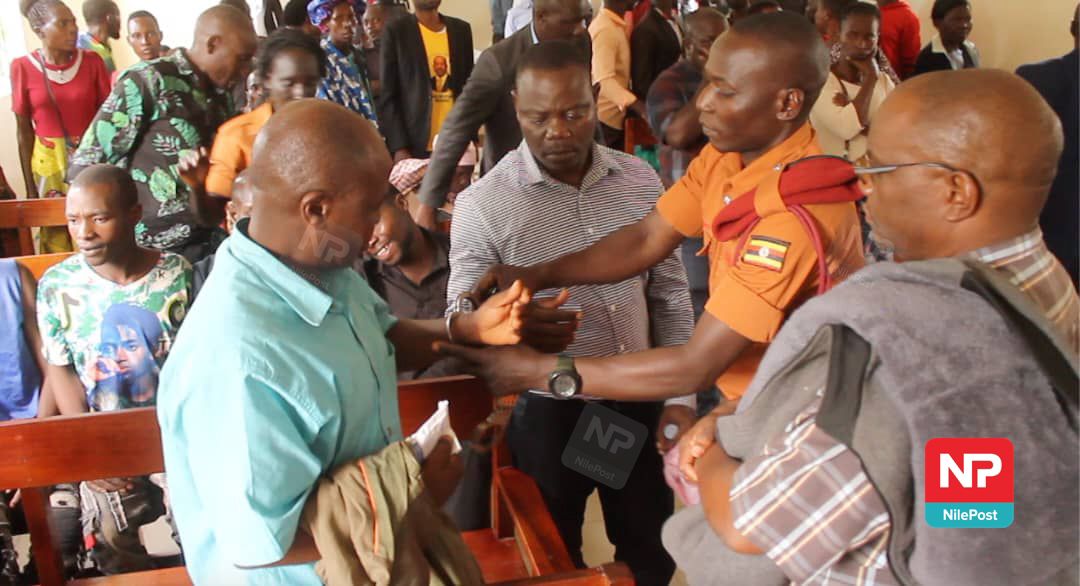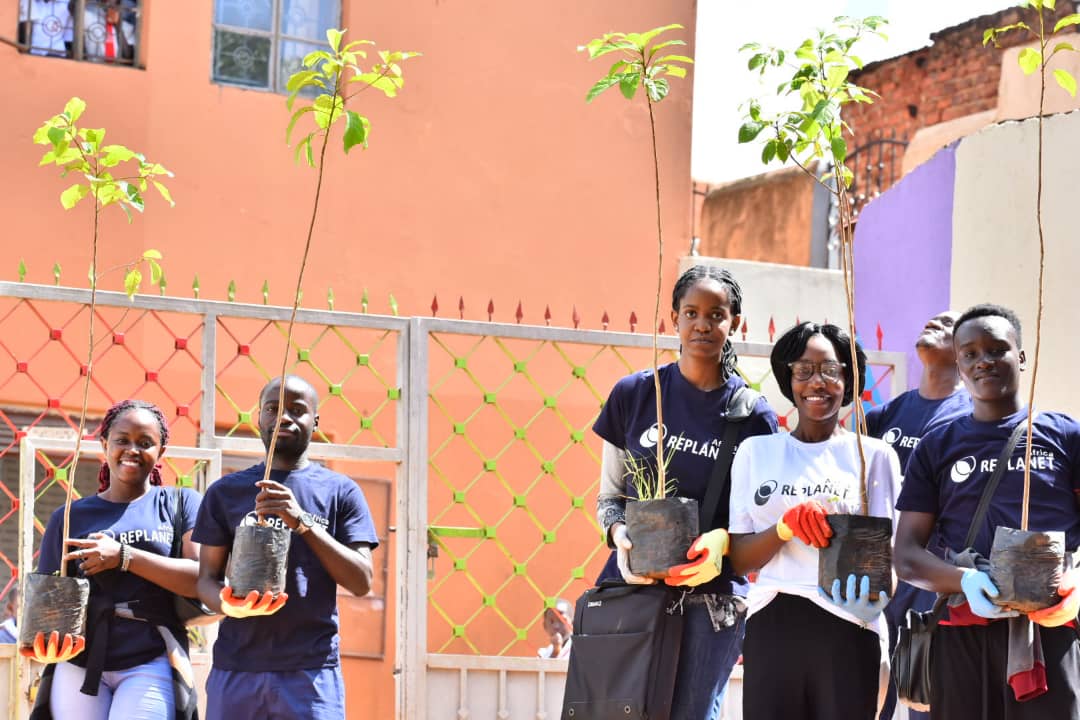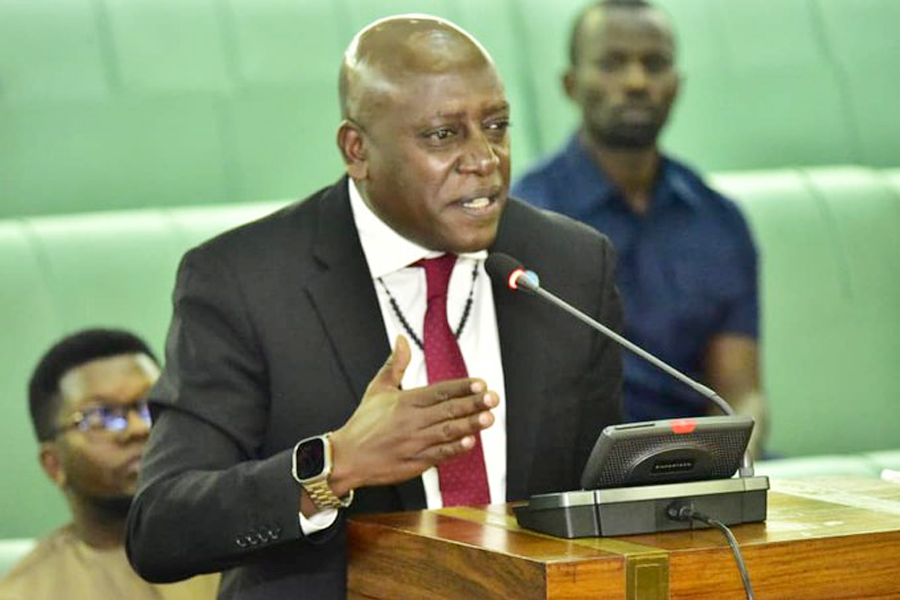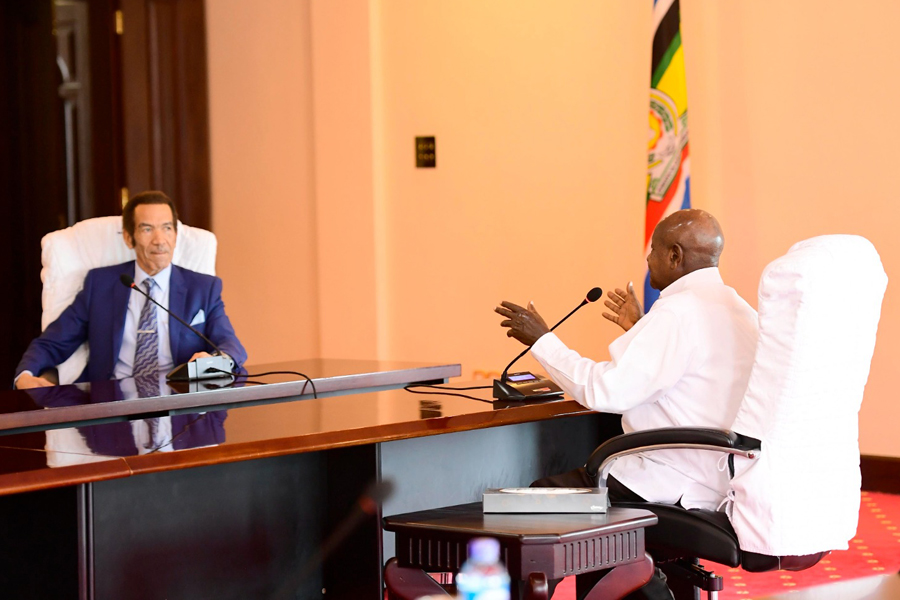Correct Messaging Of HIV/AIDS Core in Prevention
Correct and consistent messaging on prevention and management of HIV/AIDS should be at the core of Uganda’s interventions to end the scourge by 2030.
In my opinion, partners and the media should take lead on this. They need to embrace and support the initiative to change the way we communicate about HIV/AIDS. Let this be everyone’s efforts to propagate the right messages to expedite the fight.
Keep Reading
It has been observed that the absence of proper messages and the right communication channels negate our interventions and hampers the efforts of ending AIDS significantly by 2030. With the right messages broadcasted, the media and other stakeholders like parents, teachers, religious leaders, opinion leaders, and others will take lead in creating awareness.
HIV/AIDS is still a big challenge in our society; it’s, therefore, incumbent upon us to join H.E President YK Museveni in the campaign expected to last for one year. I want to thank H.E The President for his love for the country. He has a busy schedule but still finds time to fight the pandemic.
In June 2017, H.E Yoweri Kaguta Museveni, the President of the Republic of Uganda, therefore, launched the Presidential Fast Track Initiative to end AIDS as a Public Health threat by 2030 in an effort to reinvigorate national efforts especially HIV/AIDS prevention and awareness efforts.
Over the past two years, Uganda AIDS Commission has been coordinating this Initiative and a recent review shows that we are on course to achieve the UNAIDS targets of 90-90-90. Short and catchy messages have been designed and disseminated to the population in all dialects.
According to reports, Uganda has made significant strides in fighting the pandemic from an 18% prevalence rate in the 1990’s to 6.2% in 2017. In the last seven years, there have been improvements in the reduction of new HIV infections and death from AIDS-related causes.
Despite these achievements, challenges remain especially high levels of new infections among adolescent girls and young women, low involvement of men in the HIV/AIDS fight among others. Ugandans should know that a healthy population is a productive one. Therefore, we need to adhere to the preventive measures for the deadly pandemic.
As a matter of fact, HIV/AIDS remains one of our biggest challenges. Statistics show that 1.4m Ugandans are living positively. 50,000 new infections and 23,000 die annually. This means that 1,000 people get infected with HIV/AIDS and 500 die weekly here in Uganda. This is strange but true!. The trend needs to be changed despite irrespective of other factors.
With this rate, there is a need for us to observe self discipline, abstain from sex, faithfulness, going for HIV/AIDS testing and adherence to ARV drugs so as to accelerate efforts to combat the scourge.
President Museveni in his wisdom has also come up with newly designed messages to create awareness for the pandemic. Some of these messages include, “Young people and HIV”, “HIV testing”, “Getting Men to embrace testing” and safer health care lifestyles”, Prevention of Mother to Child Transmission”, “Importance of the Test and Treat”, “sustainability of the HIV/AIDS response including Institutional effectiveness”. These messages will be disseminated in the media countrywide.
In a nutshell, there is need for simplified HIV/AIDS prevention messages focusing on the challenge, understanding how HIV is transmitted and therefore avoiding getting infected with HIV; we need to constantly remind our people that HIV is still with us, has no cure and that everyone should do whatever they can to avoid it.
I remember in the President’s message, “the main causes of HIV are known and therefore it can easily be avoided by observing some simple behavioral aspects such as: delaying sex especially for young people until one is of age and ready for consequences of sex, being faithful to each other for adults who are in consenting relationships, testing, and treatment”. Ugandans should heed to this.
However, the availability of drugs should not be an open invitation for complacency. We need to understand that taking ARVs is burdensome, goes on for life and sometimes may come with side effects. ARVs are not a cure for HIV but only provide relief. HIV/AIDS is real and has no cure.
Currently, the country has a total of 6,937 health facilities. 3,133 are government-owned constituting 45.16% while 2,976 (40.31) are privately owned for profits and 1,008 (14.53%) are private but none profitable. These private facilities supplement government efforts in extending health services to all pro-motive, preventive, curative, palliative and rehabilitative health services at all levels.
In terms of HIV prevention and treatment, records show that a total of 2,135 health facilities are accredited to offer ART services countrywide. This has improved ART coverage among adults and children living positively from 73% in 2016/ to now 86%.
With the current trend, the country is on the right track to achieve the 90-90-90 strategy and end HIV/AIDS by 2030.
The Writer is a Communication Assistant at Government Citizen Interaction Centre (GCIC), Ministry of ICT and National Guidance.



















